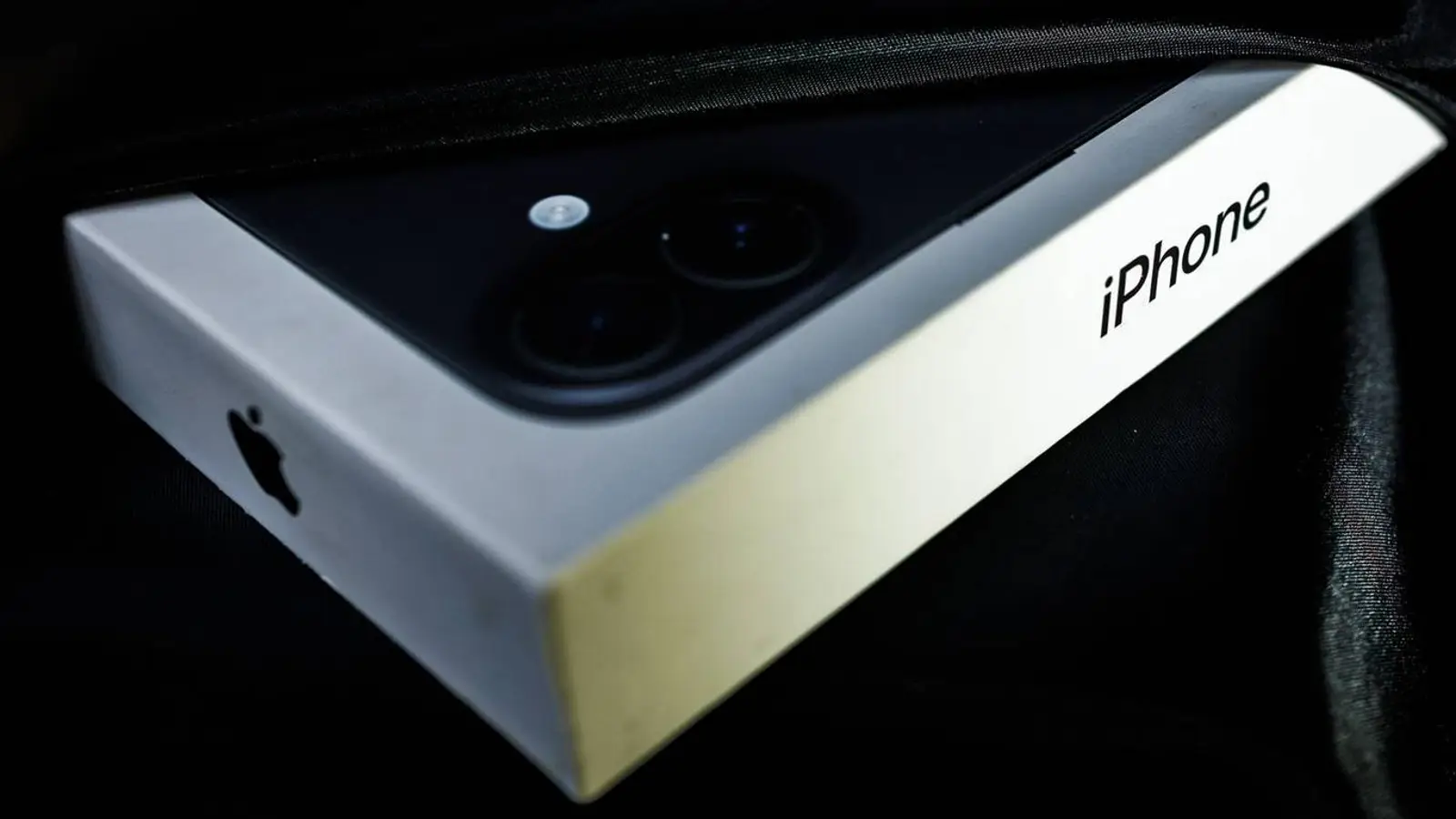iPhone 18 tipped to launch 2 nm A20 and A20 Pro chips
iPhone 18 may launch 2 nm A20 and A20 Pro chips on TSMC N2, promising 15-20% gains, cooler operation, and a clearer Pro split, plus signs of a foldable iPhone.
iPhone 18 may launch 2 nm A20 and A20 Pro chips on TSMC N2, promising 15-20% gains, cooler operation, and a clearer Pro split, plus signs of a foldable iPhone.

© A. Krivonosov
Apple continues gearing up for a generational shift in mobile silicon, and if fresh rumors hold, the iPhone 18 lineup planned for 2026 will be the first to debut 2 nm A20 and A20 Pro chips. On top of the node transition, the processors will carry internal codenames and be split across the range by device class.
A China-based leaker known as Mobile phone chip expert says the standard A20 is internally called Borneo, while the flagship A20 Pro is labeled Borneo Ultra. According to the leak, the regular iPhone 18 will run the A20, whereas the iPhone 18 Pro, 18 Pro Max, and the first foldable iPhone would step up to the more powerful A20 Pro—a split that points to a clearer line between mainstream and Pro models.
The move to a 2 nm architecture would be Apple’s biggest stride since the A17. TSMC will manufacture on its N2 process—the same foundation slated for future M6 chips in the 2026 MacBook Pro. This shift is expected to deliver 15–20% gains in performance and energy efficiency while reducing heat.
Although the technical specs aren’t confirmed, analysts expect the A20 and A20 Pro to retain a six-core CPU layout—two performance cores and four efficiency cores—paired with stronger graphics and a faster neural engine for AI tasks. In 2027, Apple could roll out an improved A21 (N2P), the next rung in the 2 nm SoC ladder.
If the rumors pan out, the iPhone 18 family wouldn’t just move the lineup closer to foldable hardware; it would also mark a defining moment for Apple’s mobile silicon, ushering 2 nm chips into everyday consumer devices and setting expectations for efficiency and speed.